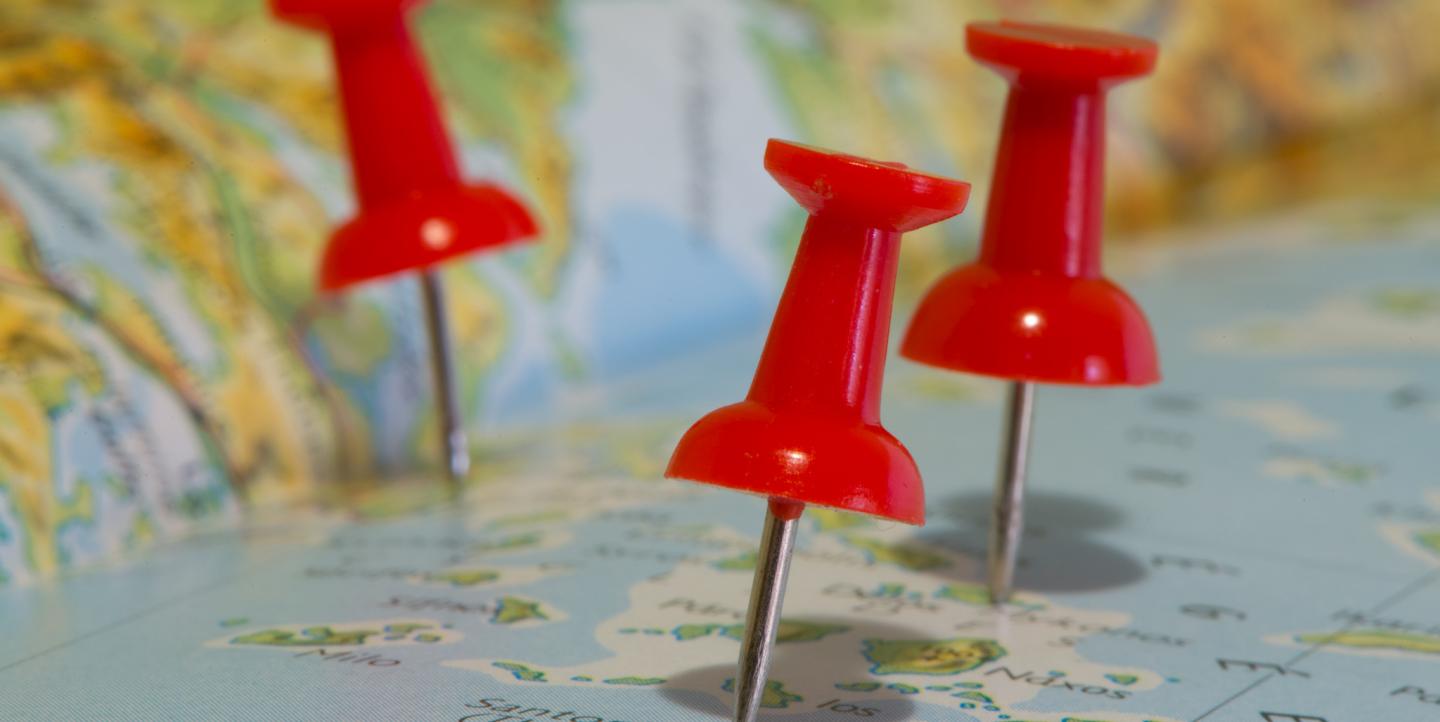Engaging and interactive journalism is still possible even without an extensive knowledge of coding. But how?
We’ve taken the guesswork out, scouring the internet to find the most accessible tools to create multimedia content. Below, you’ll find a collection of completely free applications that will do all the work for you — no coding required:
Google My Maps: This tool is probably the most familiar, simply because it mimics maps seen on a phone’s GPS. With My Maps, you can create your own customizable Google map with pins, layers, text and photos. Search the location you’re looking to highlight in the search bar at the top. Once you find it, select “add to map.” My Maps will drop a pin and offer multiple style options. You can change the icon of the pin to whatever fits the story best, and you can also add in lines, measurements or directions for added clarity. Once you’re done, make your map public and grab the embed code to share.
Story Maps: This platform allows users to incorporate audio into their maps in addition to normal features such as images and video. Not much separates this platform from StoryMap JS, but it does provide a more responsive and appealing design. In this case, text and photos appear on the left, and larger maps or additional images appear on the right. This design also allows users to vertically scroll through a story map. Here’s an example.
Story Map Cascade: Unlike similar tools, this tool creates a sliding vertical story map instead of a horizontal one. Instead of clicking through slides, however, users scroll through a full-screen map. The structure is similar to that of any parallax scrolling website. Users can include text, images, 3D images and videos along with maps that fill the viewers’ screens. Viewers can also click through to different sections if they are not interested in scrolling. This type of story map is more graphically appealing, acting more like an immersive story website than a timeline. Here’s an example.
Open Heat Map: Heat maps assign colors to numbers, coloring different parts of a map based on data. This makes it easier for readers to grasp the trends and concepts your data represents. The application creates interactive maps, so when readers hover above a location they will be able to see the actual data behind it.
Google Crisis Map: This tool works well when covering an ongoing crisis. Crisis Map is a mashup tool built on the Google Maps API, which takes out a good portion of the work for journalists. Others upload geographic data from a crisis into map organized by different layers. You can contribute to the data included, this tool’s best use is its ability to explore the data quickly without any special software. Crisis maps can be embedded and shared, and the data can be downloaded for further analysis. Show viewers the path of a hurricane, or the impact of a wildfire or flood.
MapHub: If you’re not a fan of Google Maps, MapHub provides another platform to create interactive maps. Maphub allows you to add all the same elements that Google Maps does, with the addition of shapes. What’s nice about this tool is it gives you many different options for the base of your map, whereas with Google Maps, the bases are limited. Users can also upload data to make mapping easier.
Bonus: Web Mapping: Though not necessarily a traditional map platform, VIS allows users to create webs, which can help both journalists and audiences better understand connections underlying a story. The tool provides templates for complex maps. VIS is intended for investigative journalism, but could be used in a number of other ways.
Now that we’ve armed you with the tools you need, the next step is figuring out how to present your media. Enter the Data Visualization Catalogue. This website breaks down the different types of data viz methods available to journalists. They even provide tips on where to create each type of illustration.
If that doesn’t do it for you, check out this Pinterest board with additional mapping tools.
Main image CC-licensed by Flickr via Shawn Harquall.

